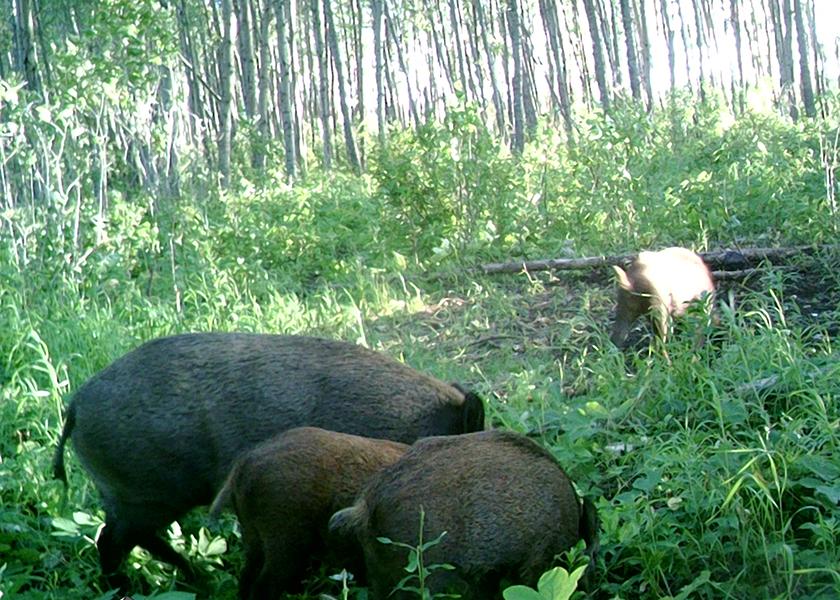Experts Search for Cause of African Swine Fever Outbreak in Sweden

Experts are still trying to determine the origin of the African swine fever (ASF) outbreak in Sweden, a minor pork exporter that holds only 1% of the swine herd in the European Union.
On Sept. 7, the Swedish Veterinary Institute (SVA) announced the detection of ASF in in seven dead wild boars -- the first case in Sweden. By Sept. 11, six new positive cases were discovered in wild boar carcasses. According to the latest USDA Foreign Agricultural Service (FAS) Global Agricultural Information Network report, the cases were discovered northwest of Stockholm, but it's not clear how the virus spread to Sweden.
"Currently the SVA is searching a fenced area of about 1,000 km2 for more dead wild boars and possible occurrences of ASF," the report says. "Within this fenced area, al outdoor activities are prohibited, and all domestic pigs will have to be culled."
To date, about 50 domestic swine of a local breed have been culled on a single farm, experts say.
The 1.4-million-head Swedish swine herd makes up a minor percent of the EU swine herd with export sales volume of 12,000 metric tons Carcass Weight Equivalent (CWE) of pork. New Zealand and South Korea are the main markets outside the EU, FAS says.
Currently the following countries have banned pork imports from Sweden since the ASF outbreak: Armenia, Australia, Japan, the Philippines, Singapore, Taiwan and Ukraine, the Swedish Meat Industry says.
"Backyard farming plays a significant role in the spread of ASF," the report says. "So far, ASF has not been found in domestic swine in the main pork producing EU Member States in western Europe (Spain, France, the Netherlands, and Denmark), except for Germany. The spread of ASF is one of the many challenges swine farmers are facing in the EU. While carcass prices are currently at a record level, pork production is forecast to fall in 2023 and stagnate in 2024 due high input costs, dwindling domestic and export demand and an incessant flow of new requirements related to the Green Deal, the Veterinary Medicine Legislation, and the new EU Animal Welfare Legislative Roadmap."
Read More:
African Swine Fever Strikes in Sweden for First Time Ever
USDA's Third Annual African Swine Fever Action Week Set to Begin Oct. 2
Over 30,000 Pigs Culled in Italy's North to Counter African Swine Fever
Foreign Animal Disease: The Threat Isn’t Going Away for Pork Producers







